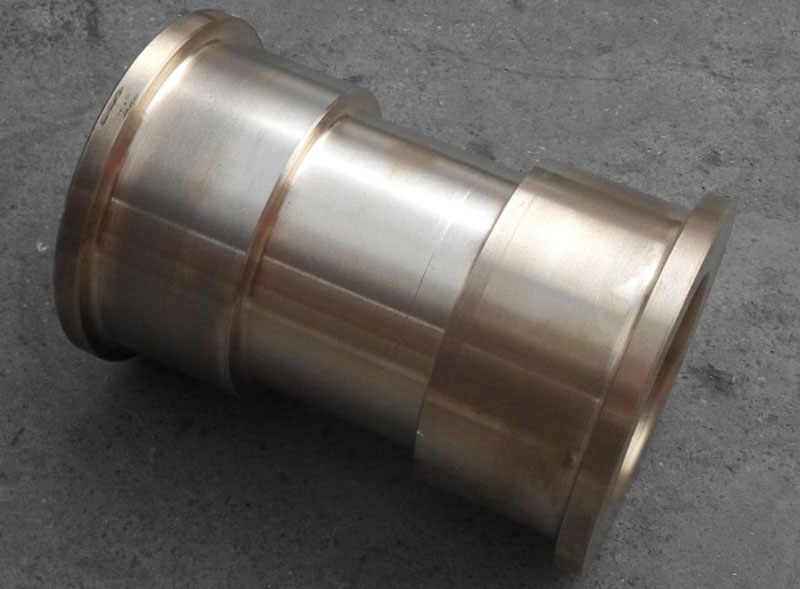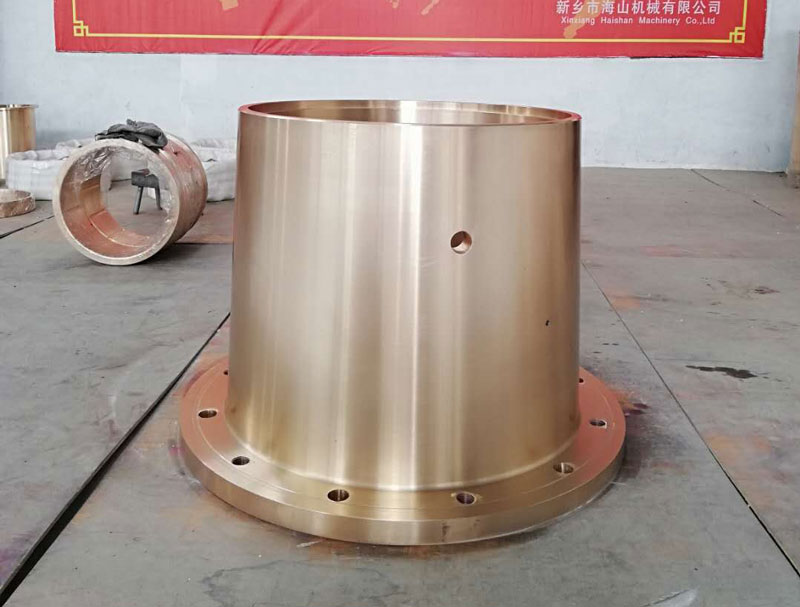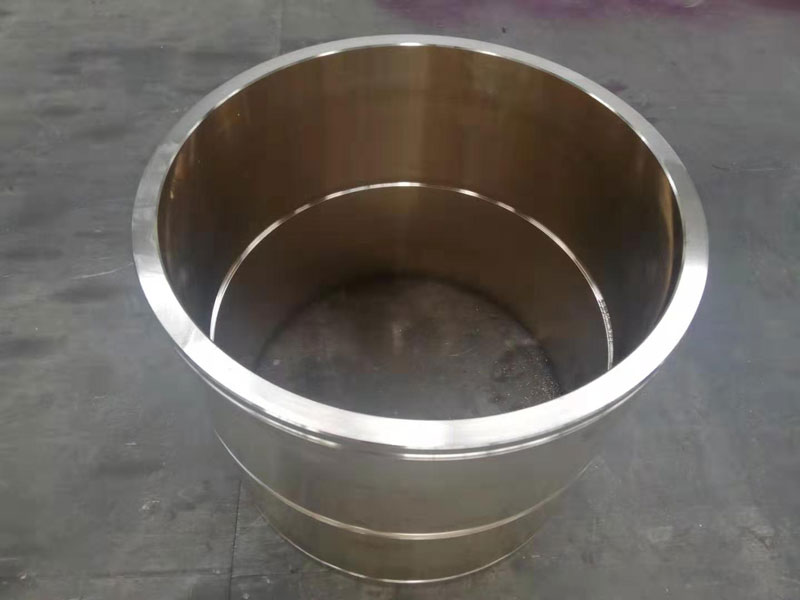The technical requirements for casting wear-resistant tin
bronze bushing mainly include the following aspects:
1. Material selection: The main component of wear-resistant tin bronze bushing is bronze alloy, especially ZQSn5-5-5 cast bronze alloy, which has good wear resistance and corrosion resistance, is easy to process, and has good casting performance and air tightness. In addition, there are other types of bronze alloys, such as ZCuSn10P1, ZCuAl9Mn2, ZCuAl9Fe4, ZCuZn25Al6Fe3Mn3, etc., each of which has different advantages and applicable scenarios.

2. Chemical composition requirements: When casting tin bronze bushing, in addition to tin as the main alloying element, auxiliary strengthening elements such as zinc, lead, phosphorus or nickel are also required. The content of these elements has an important influence on the performance of the alloy. For example, the content of tin is generally between 3% and 14%. For ZQSn5-5-5 cast bronze alloy, the content of tin Sn is 4.0-6.0%, and the content of zinc Zn and lead Pb is also between 4.0 and 6.0%.
3. Mechanical properties requirements: Wear-resistant tin bronze bushing need to have good mechanical properties, including tensile strength, yield strength, elongation and hardness. For example, the tensile strength of ZQSn5-5-5 cast bronze alloy should be ≥200MPa, the yield strength should be ≥90MPa, the elongation should be ≥13%, and the hardness should be ≥590HB (reference value).

4. Casting process technology: Casting wear-resistant tin bronze bushing requires following a specific casting process, including smelting, pouring, heat treatment, machining, polishing and quality inspection. During the casting process, it is necessary to pay attention to controlling parameters such as smelting temperature and pouring speed to ensure the quality and stability of the casting.
5. Casting defect control: Tin bronze bushing are prone to shrinkage, pores, hot cracking and segregation during casting. In order to solve these problems, some special measures need to be taken during the casting process, such as melting bronze alloys in a strong oxidizing atmosphere, fully stirring the bronze liquid, and controlling the pouring temperature.

It should be noted that the above technical requirements may vary depending on the specific application scenarios and needs. In actual operation, selection and adjustment should be made according to specific circumstances.


